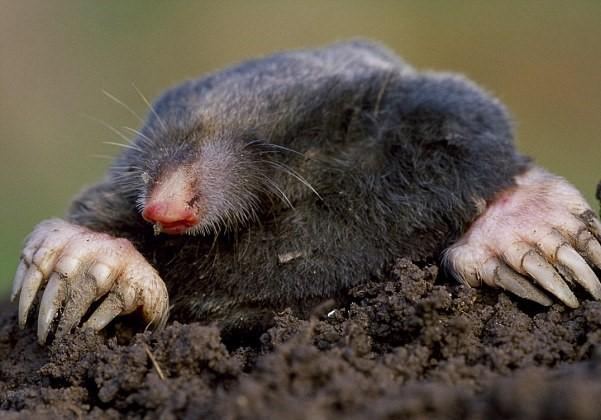Heatwave has killed thousands of moles, experts say
Soaring summer temperatures have left them unable to find food underground

Your support helps us to tell the story
From reproductive rights to climate change to Big Tech, The Independent is on the ground when the story is developing. Whether it's investigating the financials of Elon Musk's pro-Trump PAC or producing our latest documentary, 'The A Word', which shines a light on the American women fighting for reproductive rights, we know how important it is to parse out the facts from the messaging.
At such a critical moment in US history, we need reporters on the ground. Your donation allows us to keep sending journalists to speak to both sides of the story.
The Independent is trusted by Americans across the entire political spectrum. And unlike many other quality news outlets, we choose not to lock Americans out of our reporting and analysis with paywalls. We believe quality journalism should be available to everyone, paid for by those who can afford it.
Your support makes all the difference.The summer heatwave has scorched grass, killed hedgehogs and frogs, and led to long-term fears about the decline of some butterfly species.
Now, experts say there is another wildlife victim: thousands of moles have starved to death as a result of the soaring temperatures.
The subterranean mammals have been left unable to catch their traditional prey of worms, centipedes and beetles because those creatures have burrowed further underground in search of cooler damper soil - and beyond the reach of hungry moles.
Forced to come above ground in search of food, many have died at the hands of predators or starved while hunting.
Charlotte Owens, from the Sussex Wildlife Trust, said: "Moles spend almost their entire lives underground, leaving tell-tale mounds of soil to mark their passage but otherwise remaining elusive.
"Sightings are understandably rare but in the last few weeks, I've seen more moles than ever before - sadly all of them dead.
"The most likely culprit is the weather and the heatwave seems to have hit the mole population particularly hard."
Moles prepare for drought by digging permanent burrow systems with plenty of extra-deep tunnels.
She added: "As well as being a safe retreat from the heat, these tunnels function as a giant pitfall trap to collect unsuspecting worms, centipedes and beetles as they make their way through the soil.
"Rather than actively hunting down prey, all the resident mole has to do is make regular patrols of its underground labyrinth to gather the harvest."
But despite digging such intricate systems, many of the animals died during this summer’s soaring temperatures with even deep tunnels drying up.
Wildlife officers noticed an increase in mole sightings when they were forced to surface in search of food in patches of damp ground under logs and rocks. Many died in the process.
According to Rob Atkinson, author of the book Moles, there are an estimated 35 to 40 million moles in the UK.
Join our commenting forum
Join thought-provoking conversations, follow other Independent readers and see their replies
Comments